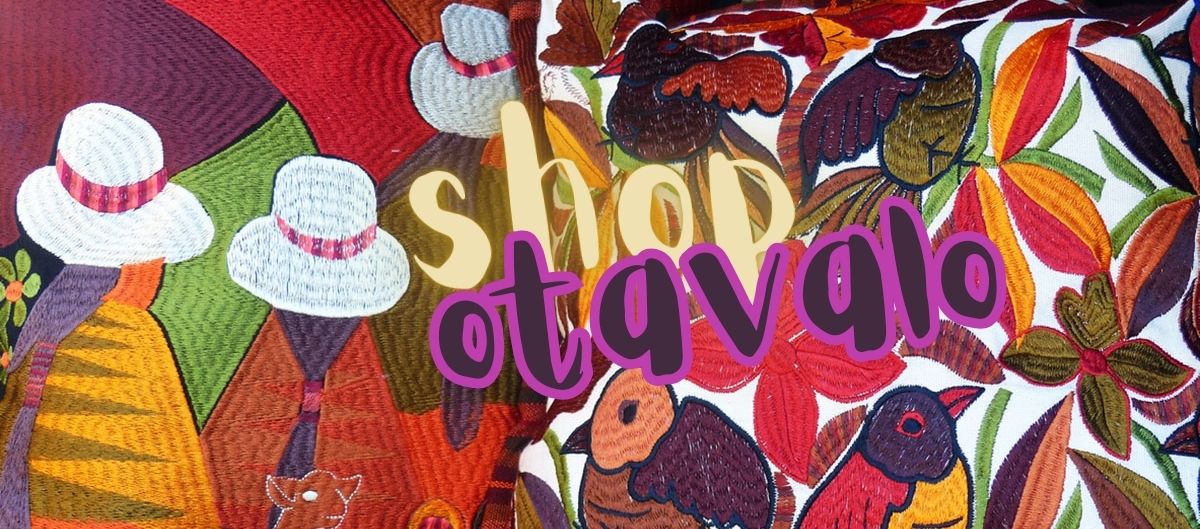Must See to Believe! The Luxurious Textile Art of Otavalo

On a recent Saturday afternoon I visited market square in Otavalo, Ecuador, two hours from the larger city of Quito.
Textile arts and fabric creation is integral to South American culture, especially in the Andean region. Here, indigenous vendors dress in traditional outfits in a comfortable, easy to navigate setting. Saturday is the biggest day of the week. All works are on full display.




Despite its small size, the country is a major cultural center for arts in South America. Exploding in color, the magnificent traditional textile arts were in full array.

I was told the women dye and spin the yarns rather than doing the weaving, a job traditionally performed by men. Setting up a loom can take hours and the weaving process is both physically strenuous and intricate.
It may be that the men have the easier part of the process. The women transport their goods to the market, set up booths and spend the days selling brilliantly colored bolts of woven cotton fabrics, alpaca ponchos, shawls and scarfs, detailed embroidery in a riot of different hues. All this, while minding small children!

Otavaleños (locals of Otavalo) fill the artisan market with other handmade items of leather, ceramic and balsa wood. Hammocks, ponchos, blankets and hats are also popular.


Fruits and vegetable are plentiful too!


The Otavalo Textiles and Handcrafts Market dates back to pre-Inca times. The art of weaving has been passed down through generations of Ecuadorian and Andean artisans and continues to this day.
I made my purchases quickly so I could, with their permission and often delight, take pictures of the vendors. Here are the last two of my favorites…


Related Posts
Eat at the Most Bizarre, (delish) and Colorful Food Circus in the World!
Bubbling cauldrons of soups, meats wrapped in palm leaves, a rainbow of desserts – honestly…when …
May 17, 2024Giving Alms: Silent and Beautiful Sunrise in Luang Prabang
Each morning before sunrise, the faithful line the sidewalks of the city of Luang Prabang …
May 13, 2024

Leave A Comment